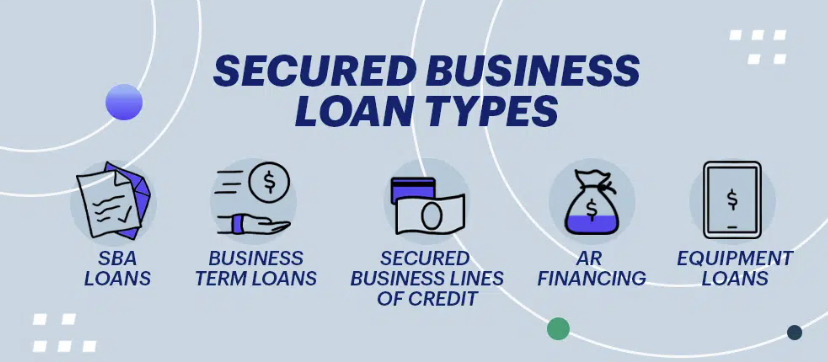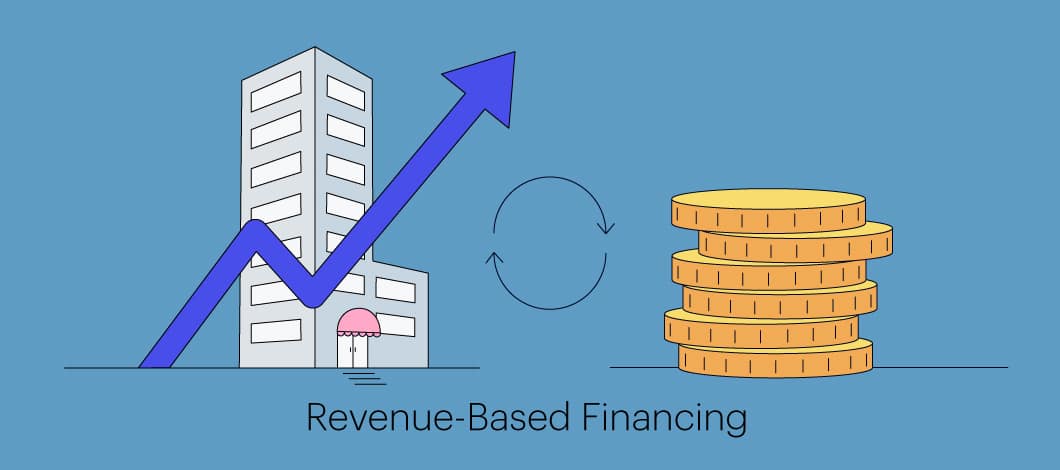Introduction
In the digital era, the realm of lending has undergone a monumental transformation. Once the exclusive purview of brick-and-mortar banks, lending has now been revolutionized by the internet, offering efficiency, flexibility, and innovation.
Historical Context
The evolution of online lending is a story of technological advancements meeting financial needs. As fintech companies emerged in the late 2000s, they disrupted traditional banking with online platforms that provided quicker and more streamlined loan processes.
The Advantages of Online Small Business Lending

Online lending’s ascendancy can be attributed to its numerous benefits. Entrepreneurs appreciate speed and efficiency, with loans often approved within hours. Additionally, the digital platform allows for tailored loan terms, catering to individual business needs. Most importantly, this model ensures broader accessibility, reaching businesses that traditional banks might overlook.
Technological Innovations Shaping the Industry
Machine learning algorithms are now employed to assess creditworthiness, reducing human bias and errors. Additionally, blockchain technology, with its transparent and immutable records, is paving the way for smart contracts, making loan agreements more secure and efficient.
The Role of Data in Decision Making
Data analytics has emerged as the linchpin of online lending. By parsing vast amounts of data, lenders can make informed decisions. However, this reliance on data underscores the importance of data security, ensuring borrowers’ personal and financial information remains protected.
Global Trends in Online Lending

Emerging markets are witnessing a surge in online lending, attributed to increasing internet penetration and an underserved financial sector. Concurrently, regulatory environments worldwide are evolving, as governments recognize and respond to this burgeoning industry.
Customer Experience in Online Lending
Modern online lenders prioritize user experience. Their platforms, often mobile-first, are designed for ease of use. This emphasis on customer-centric design is fundamental in an industry where trust is paramount.
The Challenges Facing Online Small Business Lending
Despite its growth, the sector faces hurdles. The risk of increased default rates looms large, demanding robust risk management strategies. Furthermore, as more players enter the market, there’s potential for saturation, which could erode profit margins.
Sustainability and Ethical Lending
Green lending initiatives are gaining traction, offering loans to eco-friendly businesses. Parallelly, ethical lending practices ensure that borrowers are not exploited, establishing a foundation of trust and integrity in the online lending community.
The Impact of Economic Shifts
Online lenders weren’t immune to the economic downturns triggered by global events such as the COVID-19 pandemic. It underscored the need for online lending platforms to be agile, adapting to changing economic landscapes and continuing to serve small businesses in flux.
Evolution of Online Lending
The late 20th century saw the first glimmers of online banking. However, it wasn’t until the late 2000s that fintech platforms started offering specialized online lending services. These platforms catered to a niche yet growing segment of small businesses that sought quick and hassle-free financing.
The Rise of Fintech Companies
Fintech companies exploited technology to fill gaps left by traditional banks. Leveraging big data, cloud computing, and algorithmic underwriting, these platforms started to offer loans with minimal paperwork, rapid approval times, and competitive interest rates.
The Advantages of Online Small Business Lending
Speed and Efficiency
One of the standout benefits of online lending is the speed. Unlike traditional banks, which might take weeks to process a loan application, online platforms can often disburse funds within days or even hours.
Customization of Loan Terms
Online lenders leverage data analytics to customize loan terms. This means businesses can get loans tailored to their specific financial situation, duration, and interest rate preferences.
Broader Accessibility
For many small businesses, especially those lacking a substantial credit history, traditional banking avenues are inaccessible. Online lending platforms, with their alternative credit assessment methodologies, have democratized access to finance.
Technological Innovations Shaping the Industry
Machine Learning and Credit Assessment
Machine learning is redefining credit assessments. Algorithms process vast data sets to predict borrower behavior more accurately than traditional credit scoring models. This reduces default rates and broadens the lender’s customer base.
Blockchain and Smart Contracts
Blockchain technology promises to revolutionize online lending. With decentralized ledgers and smart contracts, both lenders and borrowers can expect more transparent, secure, and swift loan processing.
The Role of Data in Decision Making
How Lenders Use Data Analytics
Modern online lenders analyze data ranging from a borrower’s transaction history to their social media behavior. This holistic assessment allows them to make more informed lending decisions.
The Importance of Data Security
With the increasing reliance on data, ensuring its security has never been more critical. Lenders invest heavily in cybersecurity measures to protect sensitive information from breaches and cyberattacks.
Global Trends in Online Lending
Growth in Developing Markets
As internet penetration deepens in developing markets, online lending platforms are gaining popularity. These platforms often serve as the primary source of business finance in regions where traditional banking infrastructure is sparse.
Regulatory Shifts Worldwide
Governments and regulatory bodies across the globe are playing catch-up with the fast-paced world of online lending. New regulations are being formulated to ensure consumer protection without stifling innovation.
Customer Experience in Online Lending
User-Friendly Platforms
Today’s online lending platforms prioritize user experience. Intuitive interfaces, swift response times, and 24/7 customer support are becoming industry standards.
The Shift Toward Mobile Lending
With the proliferation of smartphones, lenders are focusing on mobile-first strategies. Mobile apps are being developed to offer loan services at the fingertips of users.
The Challenges Facing Online Small Business Lending
Default Rates and Risk Management
Despite advancements in credit assessment, online lending still grapples with default rates. Developing robust risk management strategies remains a top priority for platforms.
Competition and Market Saturation
The success of online lending has led to a surge in new platforms. As the market becomes saturated, platforms need to innovate and differentiate to stay relevant.
Sustainability and Ethical Lending
The Rise of Green Lending
Environmental consciousness is influencing the lending sector. Green lending initiatives prioritize businesses that have eco-friendly operations or objectives.
The Importance of Ethical Practices
Beyond profits, ethical lending practices ensure that borrowers are treated fairly, fostering long-term relationships and building trust.
The Impact of Economic Shifts
How Economic Downturns Affect Online Lending
Economic downturns, like the recent pandemic, impact lending patterns. Online platforms had to adapt by revising their credit models and offering flexible repayment terms.
The Future of Lending in a Post-COVID World
Post-pandemic, businesses are increasingly turning to online platforms for their flexibility and speed. This trend is likely to persist, solidifying the role of online lending in the financial ecosystem.
Conclusion
The future of online small business lending is one of potential and promise. As technology continues to evolve, so will the mechanisms through which businesses access capital. The symbiosis of technology and finance is setting the stage for a more inclusive, efficient, and innovative lending landscape.







